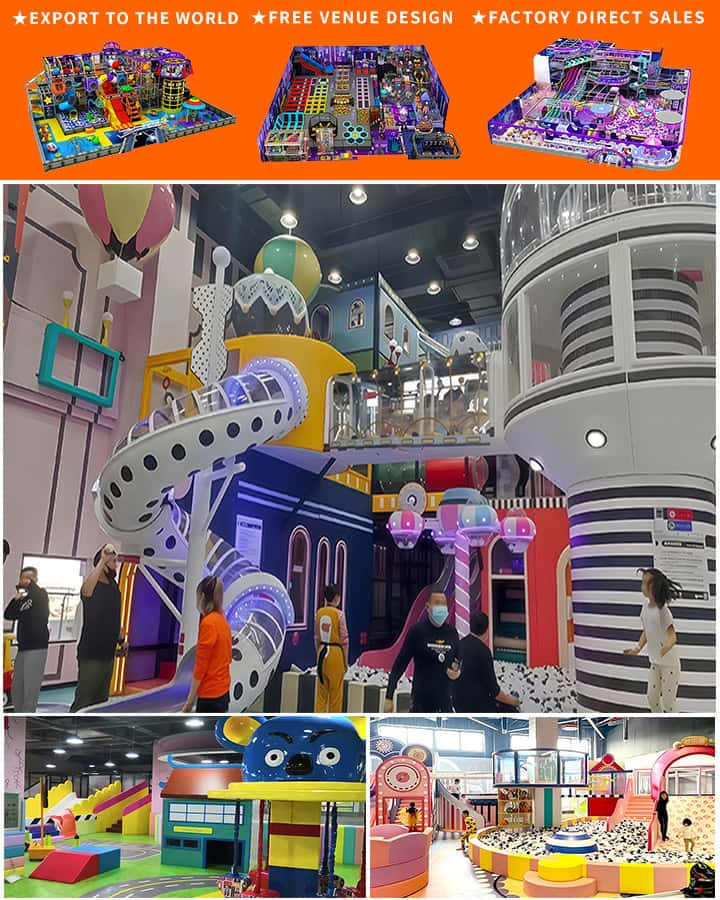In the world of early childhood development, few tools are as valuable and engaging as a well-designed play gym. A toddler play gym is not merely an entertainment apparatus; it’s a foundational platform that fosters physical, cognitive, and sensory growth in young children. Here’s everything you need to know about creating the ultimate play gym for your little one.
Why Invest in a Play Gym?
Before diving into the specifics, it’s important to understand why a play gym matters. These structures are designed to stimulate various aspects of a child’s development:
- Physical Development: Crawling, grasping, and balancing are key skills that a play gym helps toddlers develop. The varied textures and shapes provide tactile stimulation, promoting fine motor skills.
- Cognitive Growth: Engaging with different elements of the play gym encourages problem-solving and spatial awareness. Bright colors and patterns can captivate their attention, enhancing visual tracking abilities.
- Sensory Stimulation: Many play gyms incorporate elements like hanging toys, mirrors, and crinkly materials that engage multiple senses, aiding in sensory processing.
Key Features to Consider

When choosing or creating a play gym, consider the following features to ensure it meets the needs of your toddler:
- Size and Portability: A foldable or easily disassembled play gym is ideal for families on the go. Ensure the size is appropriate for your space and easy for your toddler to navigate.
- Variety of Textures: Different fabrics and surfaces provide sensory diversity. Look for materials that are safe and non-toxic, offering a mix of smooth, rough, soft, and bumpy textures.
- Interactive Elements: Incorporate hanging toys, rattles, and mirrors that encourage reaching and batting. Interactive elements keep toddlers engaged and entertained while honing their motor skills.
- Safety First: Ensure all components are securely fastened and made from non-toxic materials. Avoid small parts that could pose a choking hazard.
- Customization Options: The ability to adjust and add new elements as your child grows ensures long-term usability and continued interest.
DIY Play Gym Ideas
For parents who love crafting, creating a custom play gym can be a fulfilling project. Here are a few ideas to get you started:
- Simple Fabric Gym: Use a large piece of soft, colorful fabric stretched over a sturdy frame (like an old crib). Hang various textured toys using ribbon or elastic bands.
- Nature-Inspired Gym: Collect safe, natural items like smooth stones, pinecones, and leaves. Arrange them on a soft mat for tactile exploration.
- Mirrored Fun: Incorporate baby-safe mirrors at different angles to fascinate your toddler with reflections and encourage self-recognition.
Safety Tips
Always supervise your toddler during play gym sessions to ensure they use the equipment safely. Regularly check the gym for any wear and tear, and replace or repair any damaged parts immediately. Keeping the area around the play gym free from clutter will minimize accidents and allow your child to move freely.
Conclusion
A play gym is more than just a fun activity for toddlers; it’s a crucial tool for development. By carefully selecting or creating a play gym with the right features, you provide your child with a rich environment that supports their growth in countless ways. So, whether you choose a store-bought option or embark on a DIY project, investing in a play gym is sure to yield rewarding benefits for both you and your little one.




